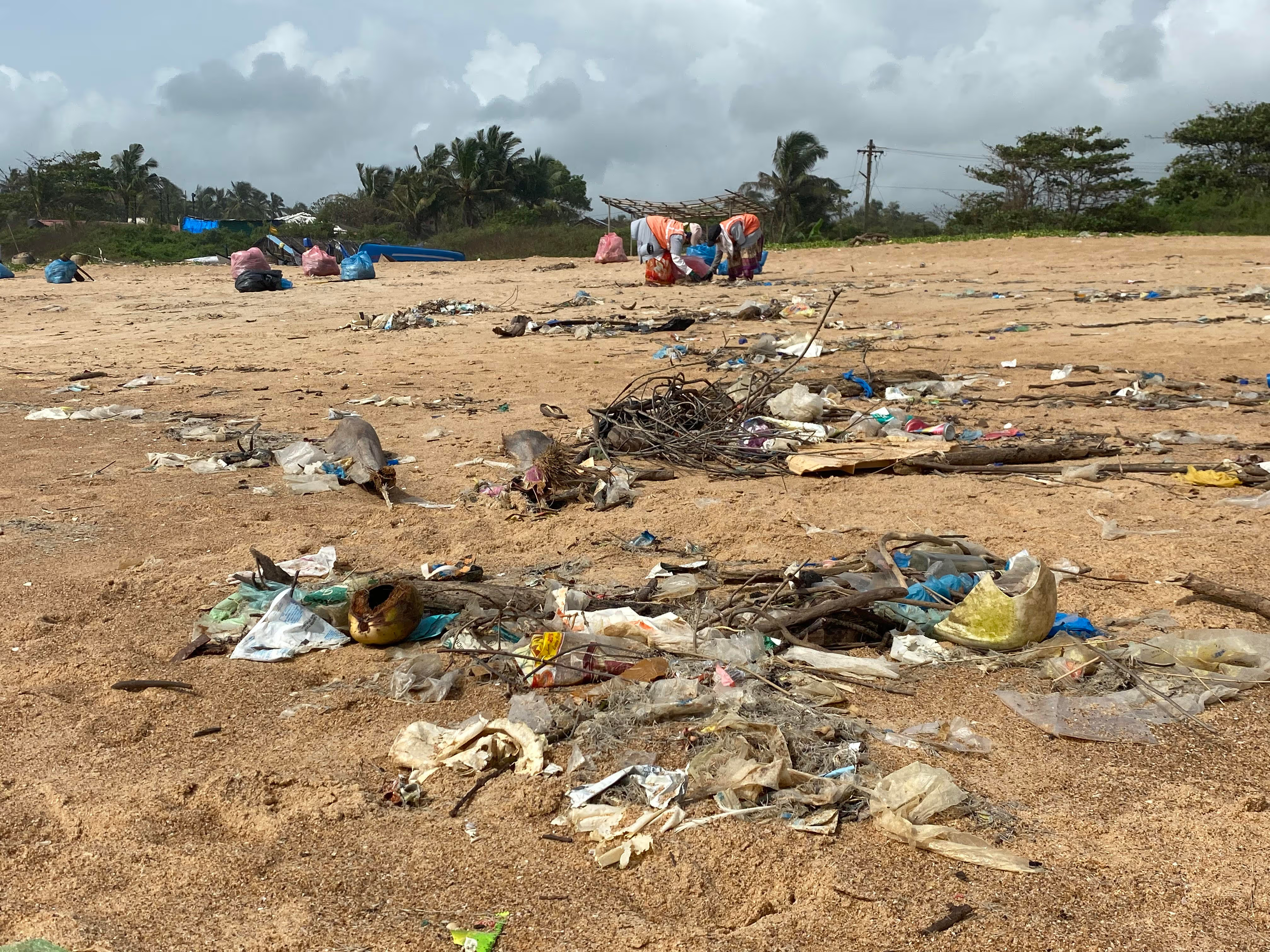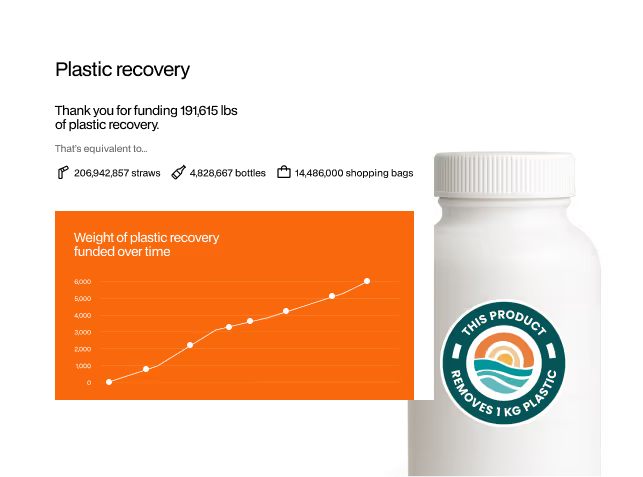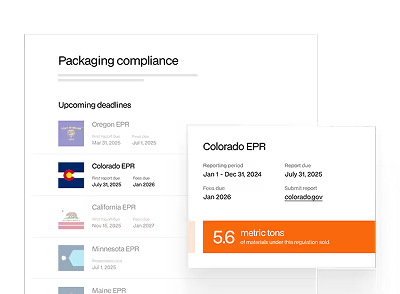We have moved into a society of conveniences, and the use and consumption of plastic is nearly inescapable – our plastic straws, candy wrappers, and fast fashion accessories come at a great cost to the environment. From cling-wrapped veggies at the grocery store to plastic lids on coffee cups, it appears that the only solution to handling plastics responsibly is to recycle.
But still, recycling doesn’t work at a sufficient level to handle this plastic. In reality, only around 9% of plastics actually get recycled; the other 91% of plastics are landfilled, incinerated, or dumped into rivers, streams, and oceans.
Since the rise of plastic production in the 1950s, humans have generated over 8.3 billion metric tons of plastic, which means that nearly 7.6 billion metric tons never made it back into the production cycle.
Is your business looking for solutions for your plastic packaging footprint? Get in touch with our BD team at letstalk@repurpose.global to explore how rePurpose’s plastic action solutions can support your brand’s goals for plastic reduction and waste recovery.
Challenges to recycling
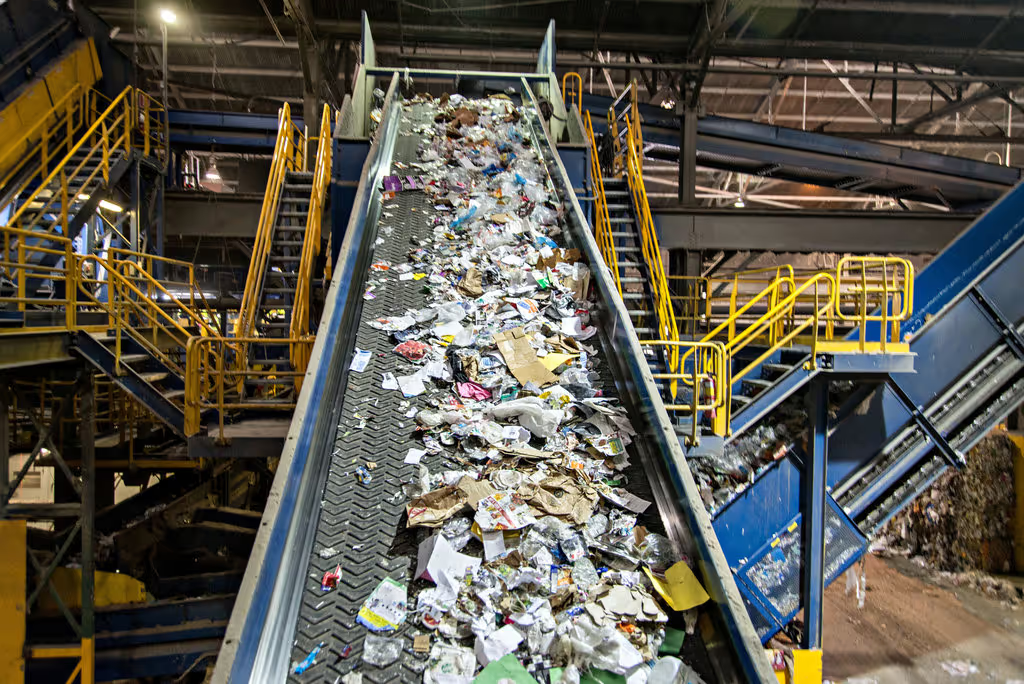
So, what is the main reason why recycling doesn’t work, even after we faithfully throw our plastics into the recycling bins in our homes, stores, and street corners?
Science Nordic says that the plastic market is to blame. When plastics are sent to material recovery facilities or MRFs, they must be segregated, analyzed for contamination, re-sorted into material bails, and sold to manufacturers to be reprocessed into new materials. However, many players within the material recovery sector are finding that this labor-intensive and costly process involving some of the cheapest materials in the market is simply not economically profitable.
In fact, many plastics being produced today on a massive scale are not currently recycled as they do not have a market to be purchased and recycled. Often plastics have multiple layers of materials, forming a category of plastics called MLP (multi-layer plastic). This includes toothpaste containers, and chip packets, and these MLPs currently have no market to recycle them. This is because the energy cost to separate these layers is actually higher than to reproduce a new container out of virgin materials. We lack the proper technology and innovations to properly recover these materials in an economically and energetically feasible way; thus, toothpaste containers make their home in our landfills, incinerators, and oceans if they are sent to a recycling facility.
Another common plastic that we come across almost every day in our coffee lids, take-out containers, and disposable cutlery and then mistakenly recycle is “black plastic”. Many markets like the Canadian recycling market, do not recycle this kind of plastic at all because it is not economically profitable. Clear or light-colored plastics can be dyed and remade into new plastic materials, but because black plastics can only be black, the markets for them are extremely small, so many MRFs would rather kick these plastics to the curb.
In addition, black plastics pose a lot of problems in MRFs. According to the BBC, many MRFs use light scanners to sort and identify plastics; however, because black reflects light, these plastics become undetectable and end up in landfills or incinerators.
However, the greatest fundamental problem with our recycling philosophy is not the process of how but more of a matter of why: lots of recycling is established for the purpose of making profits, not for the purpose of conserving our environment. If we are to effectively conserve our natural resources, ecosystems, and wildlife, we need to radically alter what our ultimate goal is when engaging in sustainable practices.
In our current economic system, it will always be cheaper to turn a blind eye to the dumping of hundreds of thousands of plastics into the ocean rather than recovering those materials. However, we must begin to critically look at our economic system as a whole: from the producer to the consumer to the waste management worker, and understand that our linear economy is coming at a devastating cost to our environment. We need a shift in thinking so that the environmental cost of any product is a part of its price tag, and where recycling products will always make more sense than extracting virgin materials.
If recycling isn’t working, what can we do?

Part of the reason that recycling isn’t working is because there is not the infrastructure to process it. As well as advocating for change, increasing the volume and quality of materials will help to incentivize better infrastructure. Of course, we do not want to increase the volume through more consumption, but we can support this through better segregation and lower contamination. As consumers, we all have a role to play:
- Reduce waste as much as possible: using reusable cups, purchasing package-free produce, and eating with reusable cutlery are great first steps. As much as possible, avoid buying single-use items. When given the opportunity, choose products that come in larger plastic containers over smaller, one-time plastic sachets.
- Keep recycling. . . and recycle well!
- Segregate your wet waste from dry waste and put them in the correct recycling bins.
- Rinse out bottles, cans, and food containers: cleaning them out makes them fit for recycling.
- Learn which recycling symbols correspond to which types of plastic so you know what is recyclable and where to recycle each type of plastic.
- Buy products that use recycled material content. Celebrate brands that use PCR content and advocate for your favorite brands to do so.
Brands and manufacturers can also consider the following ways of aiding the recycling system and circularity:
- Choose recycled materials over virgin plastic for your manufacturing requirements. This increases the demand for post-consumer resin (PCR) content and incentivizes the recycling of plastic.
- Manufacture recycle-friendly products. For example, Coca-Cola has replaced its iconic green-colored sprite bottles with clear white PET plastic bottles starting 1st August 2022 as clear plastics are more easily recycled.
- Incentivize consumers to recycle through take-back schemes. The Circular Economy Practitioner Guide defines a “take-back scheme” as an initiative organized by a manufacturer or retailer, to collect used products or materials from consumers and reintroduce them to the original processing and manufacturing cycle. An example of this is H&M’s Garment Collection program, which allows consumers to put old clothes into in-store recycling bins which give new life to old clothes in exchange for a voucher.
Further reading: Learn more about recycling techniques using this 3-Step Guide To Recycling Well!
Final thoughts
There are many, many flaws in our recycling system, and with only a 9% success rate, we must look at recycling as just one part of the solution – but a crucial part. As long as we continue to use plastics, we need a system that will preserve the value of these materials and increase circularity.
Reduction is clearly another key part of the solution. Over 40% of the plastic produced last year was used just once and then discarded. These disposable plastics are the plastics that are deemed uneconomical for recycling processing, but solutions are being developed. Alternative packing materials with a faster degradation process and fewer adverse environmental effects are beginning to enter the market. Environmentalists, social entrepreneurs, and corporate producers are collaborating and starting to rethink the current linear economy and pave the way for circularity. Let us choose recycling as our final option and work towards a plastic-free, sustainable planet.
As consumers, you can increase recycling and educate your friends and community members to do the same. As a business, you can finance the collection and recycling of plastic products by going Plastic Neutral with us. If this is something you want to explore, please reach out to us at letstalk@repurpose.global today.

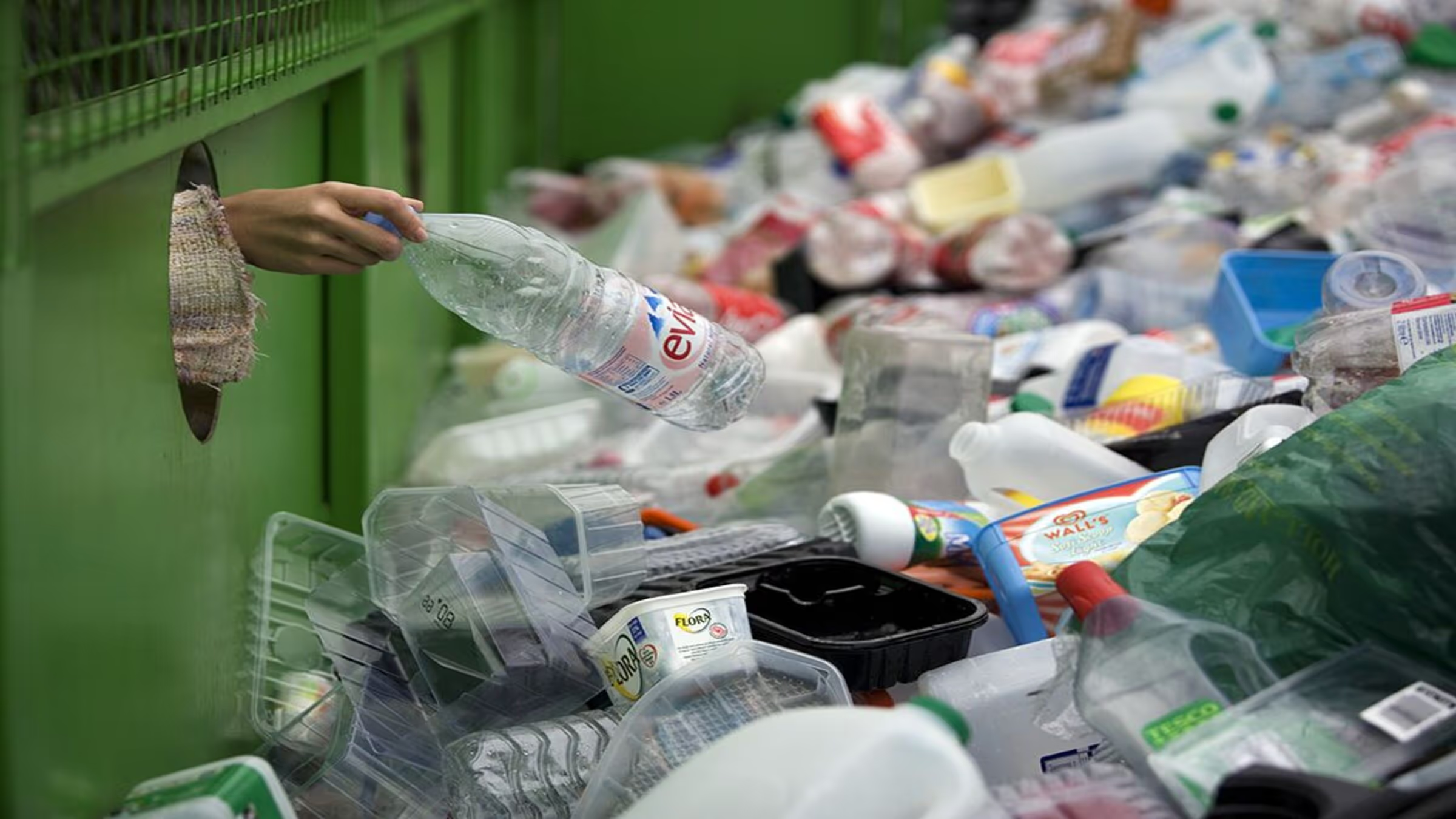

.avif)
